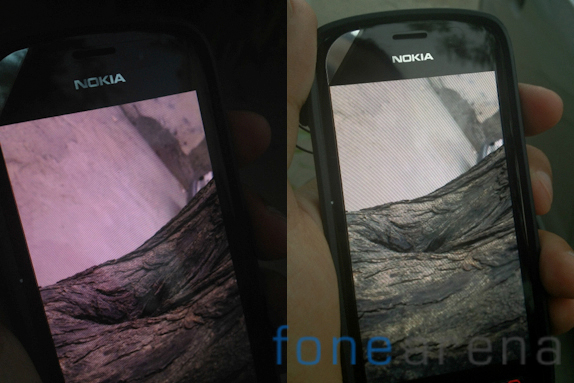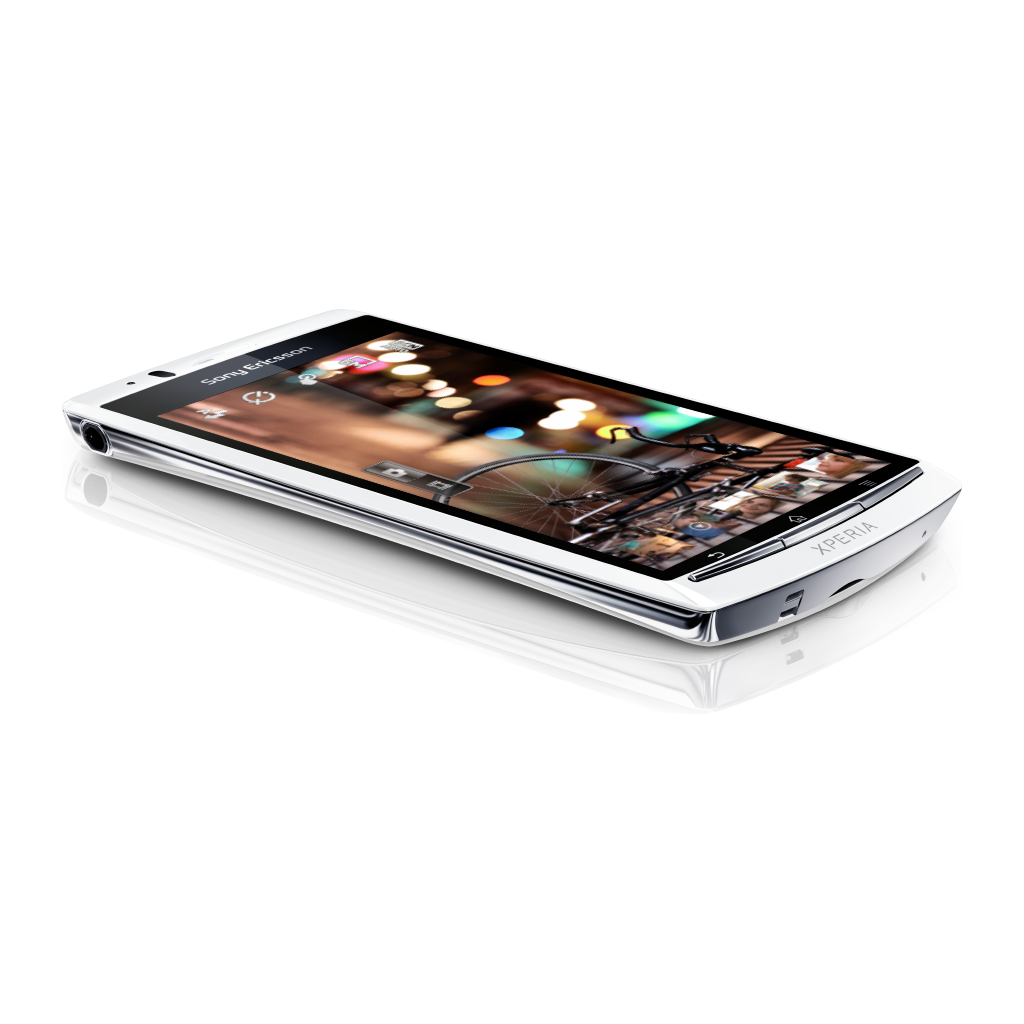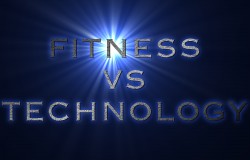Labels
- Android (23)
- Exercises (3)
- Exercises and fitness (13)
- Games (2)
- Java and S40(nokia) (33)
- Mobile (19)
- Movie and Music (1)
- NOKIA (S60) (43)
- Personal posts (1)
- Softwares (12)
- Tech News and Info (50)
- Techno tips (10)
Monday 18 August 2014
Fitness and Technology Info: 7 Most Effective Exercises
Wednesday 6 August 2014
Qualcomm executive Margaret Johnson joins Microsoft
Margaret "Peggy" Johnson will serve as Microsoft's executive vice president of business development after spending the past 24 years at Qualcomm.
REDMOND, WASHINGTON: Microsoft CEO Satya Nadella has lured away an executive from smartphone chip maker Qualcomm to hammer out more deals that will expand the software maker's presence in the mobile device market.
Margaret "Peggy" Johnson will serve as Microsoft's executive vice president of business development after spending the past 24 years at Qualcomm. She will report directly to Nadella in her new job.
Since succeeding Steve Ballmer as Microsoft's CEO six months ago, Nadella has been focused on ways to make Microsoft's software and other services more appealing to use on smartphones and tablets as people increasingly rely on those devices instead of desktop and laptop computers.
Microsoft's Windows operating system has long the most influential force on personal computers, but the Redmond, Washington company has been eclipsed by Apple and Google in the mobile market. Apple has become the world's most valuable company, largely because of its trendsetting iPhone and iPad, while Google parlayed its dominance of internet search to create Android, the mostly widely use mobile operating system.
"Peggy shares our worldview and knows what it takes to drive new growth in mobility and the cloud," Nadella said.
Johnson most recently was an executive vice president of Qualcomm Technologies and was also president of the San Diego company's global market development. With her hiring, Johnson becomes the third woman on Microsoft's 15-person team of senior executives at a time when technology companies are under intensifying pressure to diversify their leadership and lessen their reliance on men.
Besides her past stint at Qualcomm, Johnson also sits on the board of concert promoter and ticket seller Live Nation Entertainment.
Johnson starts her new job at Microsoft on September 1.
Gmail Now Recognises Email Addresses With Non-Latin Characters
Google has taken what it is calling the 'first step toward more global email'. The company is trying to make the adoption of email addresses containing accented or non-Latin characters widespread by providing support in its very popular Gmail service.
The need for the widespread adoption of these types of email addresses was clearly expressed by the search giant on its Official Gmail Blog post on Tuesday, saying less than 50 percent of the world's population has a mother tongue based on the Latin alphabet, and that even fewer people use solely non-accented letters.
The company pointed to an email standard supporting accented or non-Latin characters created by the Internet Engineering Task Force (IETF) in 2012, which since has seen insufficient adoption. Google said that in order for it to become acceptable, "every email provider and every website that asks you for your email address must adopt it."
Admitting to the difficulty of that goal, Google said, "The technology is there, but someone has to take the first step. Today we're ready to be that someone." The first step as per Google was allowing Gmail to recognise addresses that contain accented or non-Latin characters, and thus giving Gmail users the ability to send emails to, and receive emails from such email addresses.
Google added that it would soon bring Calendar support for email addresses with accented or non-Latin characters, and also make it possible in the future to create Gmail addresses of the same type.
The Mountain View-based search giant emphasised its efforts towards making email more global, by reiterating its recent addition of support for 13 new languages in Gmail, and said "Language should never be a barrier when it comes to connecting with others and with this step forward, truly global email is now even closer to becoming a reality."
Samsung Slips Up As Micromax and Xiaomi Take the Lead
Over the last few years, Samsung has managed to establish itself as one of the biggest smartphone vendors in the whole world, but new developments could be troubling for the Korean giant. After reports that its profits were down, news broke on Monday that Samsung has been dethroned as thelargest mobile phone vendor in India by Micromax.
We also reported that Xiaomi has now become thelargest smartphone vendor in China ahead of Samsung. According to a comScore report Apple still retains the lead in smartphones sold in the United States, ahead of Samsung.
India, China and the United States are all highly significant mobile markets today, for different reasons. These changes could spell a lot of trouble for the company across all levels of the smartphone segment. It's not all doom yet though - an IDC report said that Samsung shipped more smartphones in Q1 2014 than the next four vendors - Apple, Huawei, Lenovo, and LG - combined.
Since then though, Xiaomi in particular has grown fast, and has taken the number five place on the list from LG.
At the global level, Samsung's scale is still impressive and nearly unrivalled - but this could well become a problem for the company, as it competes at all levels of the market. Since Samsung has "premium" handsets that are as expensive as Apple's iPhone, the brand's mid-range products can't effectively compete with the likes of Xiaomi or Micromax, who have both been releasing phones whose specifications give Samsung's upper-tier devices a run for their money, but are at the same price as Samsung's "mid-range" products.
And if Samsung starts to react to local developments like Micromax or Xiaomi, it ends up having a global effect - because of the huge number of products that Samsung has in such a large number of markets. Samsung can't really do anything about the number of markets that the brand is active in, but it does have the option of trimming its product line-up, to enable it to respond more actively to local changes.
This is something that is only going to become more important as time passes, because what we are seeing today is that the pace of development in the smartphone market is slowing down. Some months ago, expecting the performance of phones to seemingly double with each new generation wasn't unrealistic. While gains are still being made, they are not at the same breakneck speed, and that means that the way people buy phones is also changing.
With fewer products to juggle between, Samsung would also have more flexibility to set prices as per the needs of the market, without having to worry about a giant pyramid of products. Today, if Samsung adjusts the pricing of one product, it kills the positioning of three others. This is a real problem, and one the company needs to address, regardless of the tactics it decides to adopt to deal with the changes in the market.
It is still far too early to write off Samsung as a force in the market - being the second most popular brand in three of the biggest markets is not exactly a disaster, and it is still the biggest brand globally. However, one way or another, Samsung does need to react to a changing global scenario, and it needs to start moving quickly again, instead of getting trapped in plans and product lines which were formulated before many of the brands which are disrupting its business even existed.
Apple to Unveil iPhone 6 on September 9
The date is almost in-line with a mid-September timeline that has been expected for the announcement, though it contradicts another recent report that had predicted an October launch. If true, the launch date would correspond to the second Tuesday of September, a day thatApple used to unveil the iPhone 5c and iPhone 5slast year.
Onstage at our inaugural Code conference earlier this summer, Apple SVP Eddy Cue described the company's fall product pipeline as the best he'd seen in his 25 years at Apple. A few weeks from now we'll get our first look at what he was talking about. Apple has scheduled a big media event for Tuesday, Sept. 9 - a date to which Apple numerologists will strain to attribute significance. As with September events past, the focal point of this one is to be Apple's next-generation iPhones, which are expected to feature larger displays of 4.7 and 5.5 inches and run speedy new A8 processors. Apple declined comment. 9to5Mac previously reported that Apple was tentatively planning an event for mid-September.
Later, WSJ and Bloomberg - both citing people familiar with the matter - independently confirmed the launch date
The iPhone 6 is expected to come in 4.7-inch and 5.5-inch variants, and be powered by the new Apple A8 processor. iPhone 6 will run iOS 8, the newest version of Apple's mobile OS that was previewed alongside OS X Yosemite at WWDCback in June.
Monday 30 July 2012
Nokia PureView 808 purple tint issue to be fixed via SW Update
 Over at Nokia's support forums, a statement has been put up regarding the much reported purple tint issue on the the 808 PureView's display. In fact our very own unit initially faced this problem before being replaced. The screen sporadically takes a very prominent purple tint when exposed to bright sunlight or in a very dark room. Nokia says that it has identified the root cause of the problem and will be rolling out a software update to fix it. In addition, it is recommended that users change the brightness to maximum under display settings. This is a pretty sure shot way of ensuring that you do not have to face the purple tint though it does result in a slightly lower battery life. Nokia's statement is embedded below : Short-time purple discolourations (purple tint) on the display can be seen in the type of AMOLED displays used in the Nokia 808 PureView in the following situations: - In dark room conditions, when the display is automatically adjusted to lower luminance level to maximize dark room readability - In bright sunlight, when the phone's display is automatically adjusted to maximum luminance to enable the best possible readability - If a user wakes up the phone ...
Over at Nokia's support forums, a statement has been put up regarding the much reported purple tint issue on the the 808 PureView's display. In fact our very own unit initially faced this problem before being replaced. The screen sporadically takes a very prominent purple tint when exposed to bright sunlight or in a very dark room. Nokia says that it has identified the root cause of the problem and will be rolling out a software update to fix it. In addition, it is recommended that users change the brightness to maximum under display settings. This is a pretty sure shot way of ensuring that you do not have to face the purple tint though it does result in a slightly lower battery life. Nokia's statement is embedded below : Short-time purple discolourations (purple tint) on the display can be seen in the type of AMOLED displays used in the Nokia 808 PureView in the following situations: - In dark room conditions, when the display is automatically adjusted to lower luminance level to maximize dark room readability - In bright sunlight, when the phone's display is automatically adjusted to maximum luminance to enable the best possible readability - If a user wakes up the phone ...
XPERIA Phones from 2011 Will Not Receive Upgrade to Jelly Bean
 XPERIA Phones released in 2011 are most likely to not get upgraded to Android 4.1 Jelly Bean. John Cooper, Product Manager of Sony UK attended an online Q&A session on Facebook. He was asked whether the XPERIA Arc S and the XPERIA mini Pro would receive upgrades to Jelly Bean and he denied both. But since the XPERIA Arc S is the flagship model of 2011, it's highly unlikely that any other device from 2011 would receive the upgrade. The new phones launched in 2012 however should be getting the upgrade although a specific time slot hasn't been announced
XPERIA Phones released in 2011 are most likely to not get upgraded to Android 4.1 Jelly Bean. John Cooper, Product Manager of Sony UK attended an online Q&A session on Facebook. He was asked whether the XPERIA Arc S and the XPERIA mini Pro would receive upgrades to Jelly Bean and he denied both. But since the XPERIA Arc S is the flagship model of 2011, it's highly unlikely that any other device from 2011 would receive the upgrade. The new phones launched in 2012 however should be getting the upgrade although a specific time slot hasn't been announced
